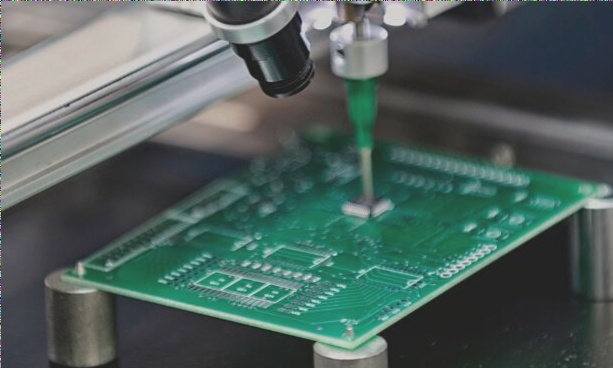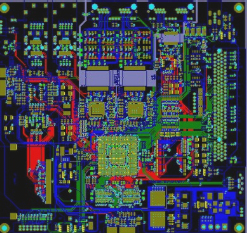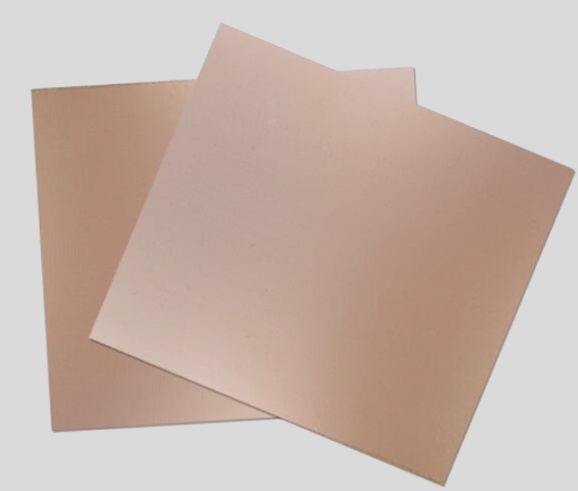The Science Behind Expansion and Contraction in Rigid-Flex PCBs
Expansion and contraction in rigid-flex PCBs are primarily influenced by the characteristics of the materials used. Understanding how Polyimide, a crucial flexible substrate material, plays a role in addressing this issue is essential:
- Polyimide is known for its exceptional heat dissipation capabilities, making it capable of withstanding the thermal shocks of lead-free soldering at high temperatures.
- For small devices where signal integrity is crucial, most equipment manufacturers prefer flexible circuits.
- With a high glass transition temperature and melting point, Polyimide typically requires processing temperatures exceeding 350 ℃.
- Its insolubility in common organic solvents contributes to Polyimide’s durability in organic environments.

The fluctuations in FPCB board materials are closely tied to the matrix materials PI and glue, specifically the imidization of PI. The degree of imidization directly impacts the controllability of these fluctuations. During production, the formation of graphic lines and the combination of soft and hard pressing can lead to varying degrees of expansion and contraction in flexible boards. The reorientation of stress on the board surface post-etching of graphic lines ultimately results in regular expansion and contraction patterns.
Temperature plays a significant role in the rise and fall of materials. Throughout the PCB manufacturing process, material values may undergo slight changes due to numerous hot and wet processes. However, these changes tend to follow a regular pattern based on long-term production experience.
Controlling Expansion and Contraction
Controlling and improving expansion and contraction require meticulous process control and data analysis. Understanding the material expansion and contraction coefficient through extensive experimentation is crucial. The process control during production batches plays a pivotal role in managing internal stress variations.
Expansion and contraction in flexible boards occur in stages. The first stage, influenced by temperature, starts from material opening to board baking. Consistent process control is vital to stabilize expansion and contraction during baking. Ensuring uniform material distribution and consistent temperature rise and drop across all boards is essential.
The second stage, occurring during pattern transfer, involves stress orientation changes in the material. To maintain stability during line transfer, boards should not be ground and must undergo direct surface pretreatment via a chemical cleaning line. Precision in line film compensation and data-based expansion and contraction range determination are critical for producing supporting rigid boards.
Understanding Inflation and Contraction in PCB Manufacturing
During the soft and hard plate pressing process in PCB manufacturing, the third stage involves significant inflation and contraction. These changes are primarily influenced by pressing parameters and material properties.
- Heating Rate: The speed at which the pressing is heated affects the expansion and contraction.
- Pressure Parameters: The settings of pressure during pressing play a crucial role in determining the outcome.
- Copper Residue Rate: A lower copper residue rate generally leads to more significant changes in dimensions.
- Core Plate Thickness: Thinner core plates tend to experience larger shrinkage values.
It is essential to note that these changes occur gradually. Therefore, precise film compensation becomes crucial to ensure the desired outcomes. Additionally, the unique properties of rigid-flex PCB materials introduce additional factors that must be taken into account for proper compensation.


